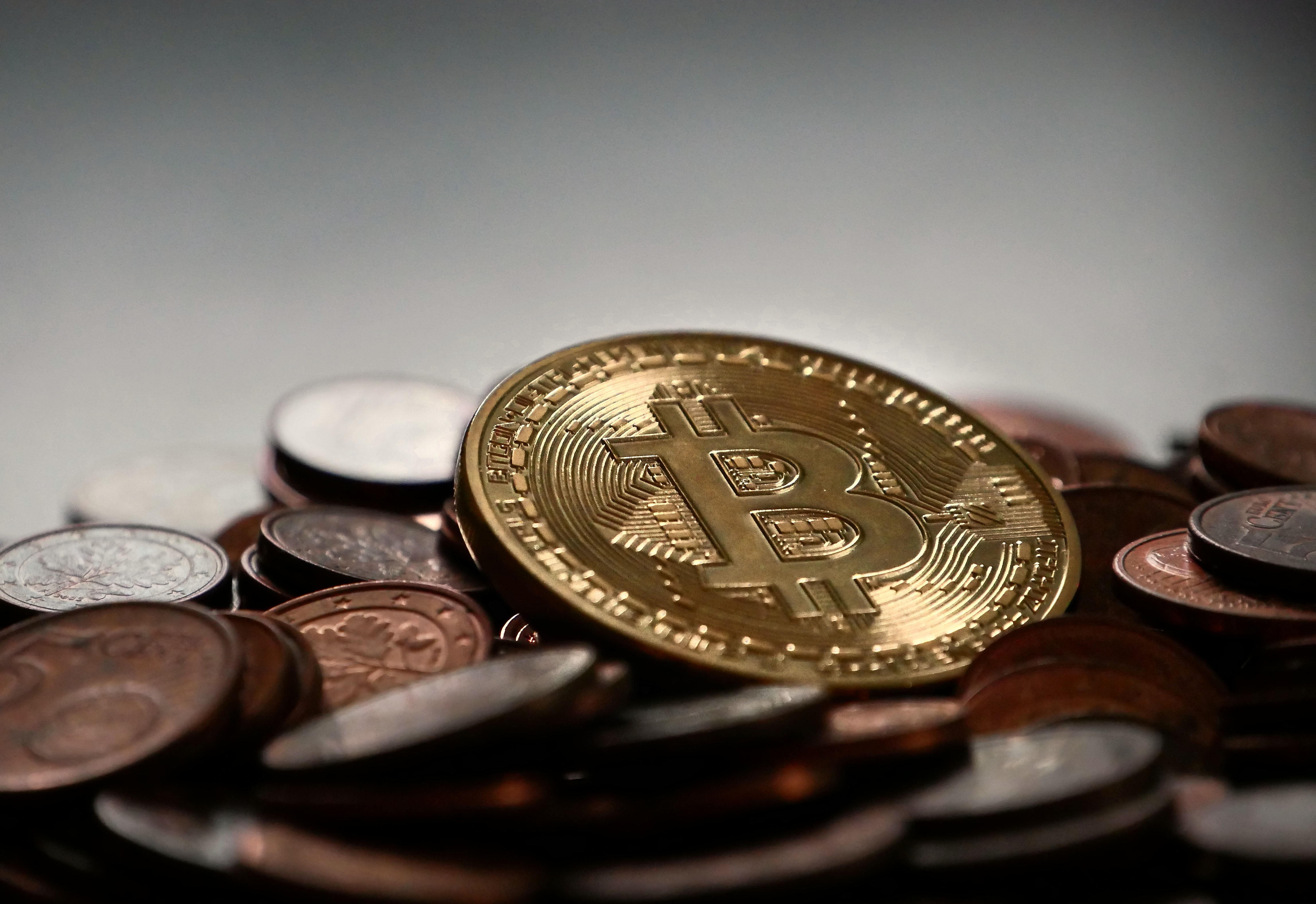
IN PARTNERSHIP WITH

Good morning☀️
An earlier version of our report on the AfCFTA incorrectly stated that the launch of the free trade pact was postponed indefinitely. The AfCFTA did launch on January 1st, but the take-off of free trade across the continent has suffered a setback due to the unpreparedness of member states.
In today’s edition:
- Stablecoins
- Digital lending
- Funding
U.S. Banks can now conduct payments using stablecoins

“First they ignore you, then they laugh at you, then they fight you, then you win.”
That’s been the story of cryptocurrencies as the US government in its latest crypto-friendly move has said banks can now conduct payments using stablecoins.
Wait, what are stablecoins?
As the name implies, stablecoins are coins that are stable.
These are cryptocurrencies that are less volatile than other crypto assets. Think of it this way:it’s common to see the value of cryptocurrencies move in excess of 10 percent in either direction within a few hours. Say, by 10 am 1 bitcoin = $34,000 and then by 1pm 1 Bitcoin = $37,000 or $30,000. This makes many cryptocurrencies unsuitable for everyday public use.
.
To minimize the price swings that occur in a crypto asset, stable coins were created– they are usually pegged to fiat currencies like the dollar and often exchange-traded commodities.
The U.S. government has also touted that blockchain networks “may be more resilient than other payment networks” due to the large number of nodes needed to verify transactions, which can, in turn, limit tampering.
This approval, however, was not without the warning that banks should beware of potential risks, including fraud, and guard against money laundering and terrorist funding by expanding their compliance practice.
Looking ahead: This approval could be imitated by other countries and lead to an increase in the usage and value of some of the over 200 existing stablecoins.
This move also indicates there is a gradual acceptance that crypto currencies and cryptonetworks are going to be the foundation of future payments systems and other financial services applications.

“Send or receive money instantly, in any currency, free of charge, only with Barter By Flutterwave. Start here“
What do digital lenders need to know to decide who to lend to?

Why has it always been difficult to get loans in Nigeria? One answer is that Nigeria’s banks often shy away from retail lending. There are two problems: the risk appetite of banks doesn’t extend to retail loans; also, the process of applying for a bank loan is complex. It often involves lengthy paperwork and delays.
These delays have created a business opportunity for digital lenders. Unlike retail banks, they have simpler processes with no paperwork and instant loan decisions.
In this article, Muyiwa explores the relationship between credit bureaus and digital lenders who are forging their path.
Funding trends in Africa last year

Weetracker partnered with Africo to look at some trends from last year.
Opening up the year, the deals that set the tone in the first quarter of the year were: $55M by Jumo, $40M by Egypt-based Vezeeta, and $20M by Kenyan startup, Sendy.
When the Coronavirus hit in March, most investment talks were shelved. In the second quarter, investments were 57 percent lower than the same period in 2019. In the third quarter, things picked back up.
Notably, there were fewer seed round investments in 2020, an indicator that investors preferred to play it safe.
Looking at non-equity sources of funding:
Debt: 2020 saw a decline in debt deals. In 2019, about $150M was invested in debt deals; in 2020 the figures did not reach $100M. Notably, startups in the renewable energy sector mostly raised debt funding.
Prize & Grant Money: Monies gotten from prizes and grants were almost half the amount raised compared to the previous year.
Looking ahead: What could funding in 2021 look like?

















